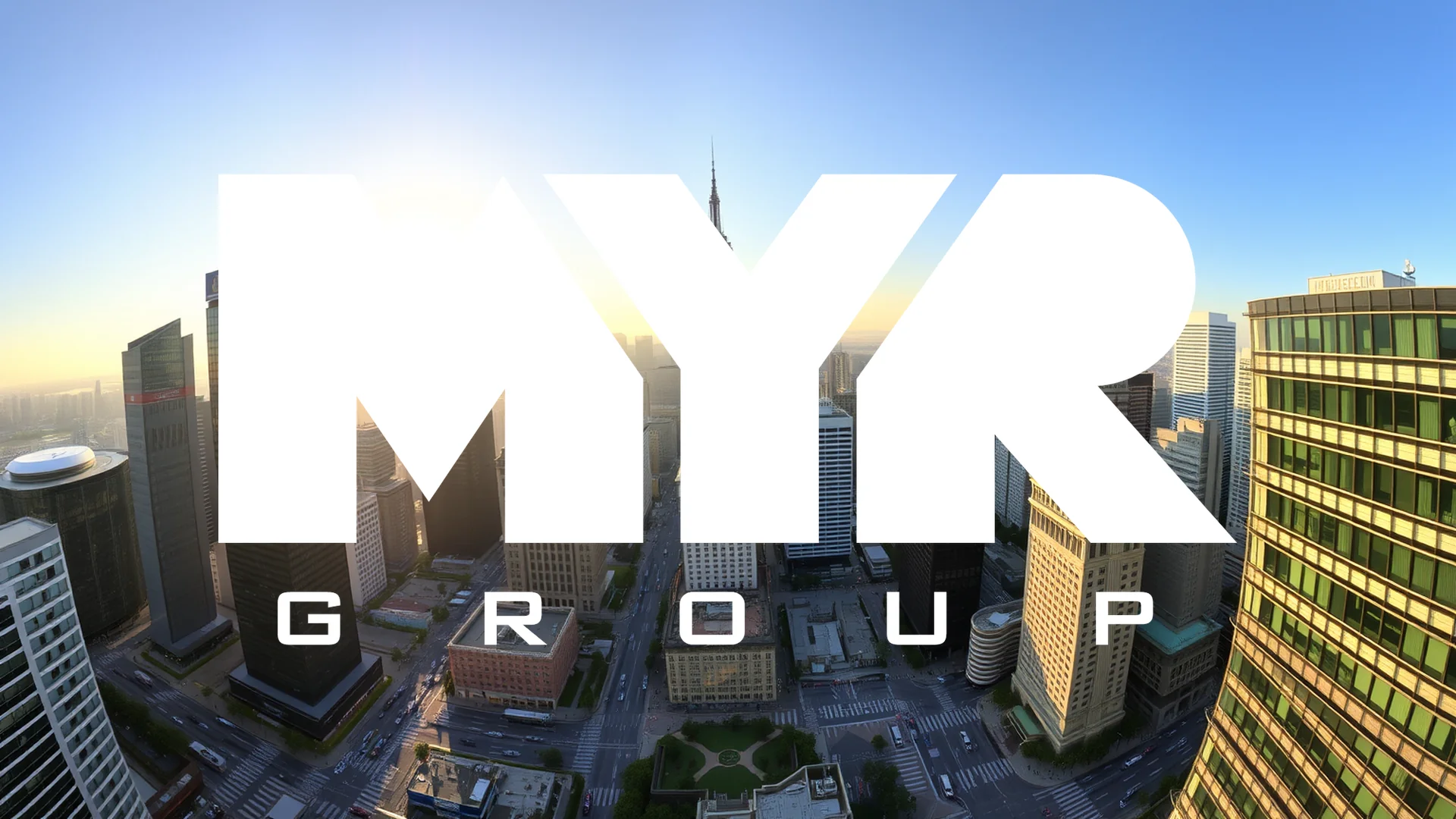The chip design software leader Synopsys is confronting a severe crisis, marked by a historic single-day stock plunge of 35% and a growing wave of securities fraud lawsuits. Investors are seeking compensation as another senior executive departs the company, raising fundamental questions about the stability of its leadership.
Legal Onslaught Accelerates
A class action complaint filed by Levi & Korsinsky on November 6, 2025, represents the latest in a series of legal assaults from prominent law firms including Hagens Berman and Bronstein Gewirtz & Grossman. These lawsuits level a serious allegation: that Synopsys systematically issued false and misleading statements between December 2024 and September 2025.
Central to the legal challenge is the company’s Design-IP business unit. The litigation claims management concealed that its intensified focus on AI clients—which require significantly more customization—was substantially eroding the division’s profitability. Court documents filed in Northern California describe certain strategic decisions as “unsuitable for achieving the intended results.”
The truth emerged with brutal force on September 9, when Synopsys reported Q3 2025 earnings of just $1.50 per share—a dramatic 45% year-over-year collapse. This decline was driven by an almost 8% revenue drop in the Design-IP segment. The announcement triggered a devastating $216 share price decline, marking the worst trading day since the company’s 1992 IPO.
Management Exodus Deepens Concerns
Amid the turmoil, Synopsys is losing another key leader. Chief Revenue Officer Rick Mahoney departed effective November 4, according to company disclosures. While the search for his replacement is underway, the timing intensifies investor anxiety about whether current leadership can effectively manage the escalating challenges. The company maintains its annual targets, but confidence is eroding.
Should investors sell immediately? Or is it worth buying Synopsys?
Analyst Confidence Evaporates
Market experts delivered a harsh assessment in response to the developments. Bank of America executed a double downgrade, moving its rating directly from “Buy” to “Sell” while slashing its price target from $625 to $525. The institution cited persistent uncertainty around major customer Intel, which historically contributes approximately 12% of revenue, alongside higher integration costs from the recently completed Ansys acquisition.
Rosenblatt Securities and Baird followed suit, similarly reducing their ratings to neutral. Exane BNP Paribas initiated coverage with a stark “Underperform” rating and a price target of just $425—a dramatic contrast to the $600-plus range where the stock traded before the earnings disaster.
Structural Challenges in Design-IP Division
The core issue runs deep within Synopsys’s Design-IP operation, once a primary growth engine. The business now contends with structural disruptions, including export restrictions affecting Chinese clients and strategic shifts among major customers. Management acknowledges the need to redirect IP resources and roadmap toward “the strongest growth opportunities”—an implicit admission that previous strategy has failed.
Compounding the problem, these challenges are expected to persist well into fiscal year 2026, with no rapid resolution in sight.
Critical Timeline Ahead
Synopsys faces a crucial test on December 10 when it discloses Q4 and full-year 2025 financial results. Market researchers anticipate earnings of $2.79 per share, representing a nearly 18% decrease. Simultaneously, the deadline for appointing a lead plaintiff in the class action lawsuit expires on December 30, adding legal pressure to the company’s growing list of concerns.
Ad
Synopsys Stock: Buy or Sell?! New Synopsys Analysis from December 22 delivers the answer:
The latest Synopsys figures speak for themselves: Urgent action needed for Synopsys investors. Is it worth buying or should you sell? Find out what to do now in the current free analysis from December 22.
Synopsys: Buy or sell? Read more here...









